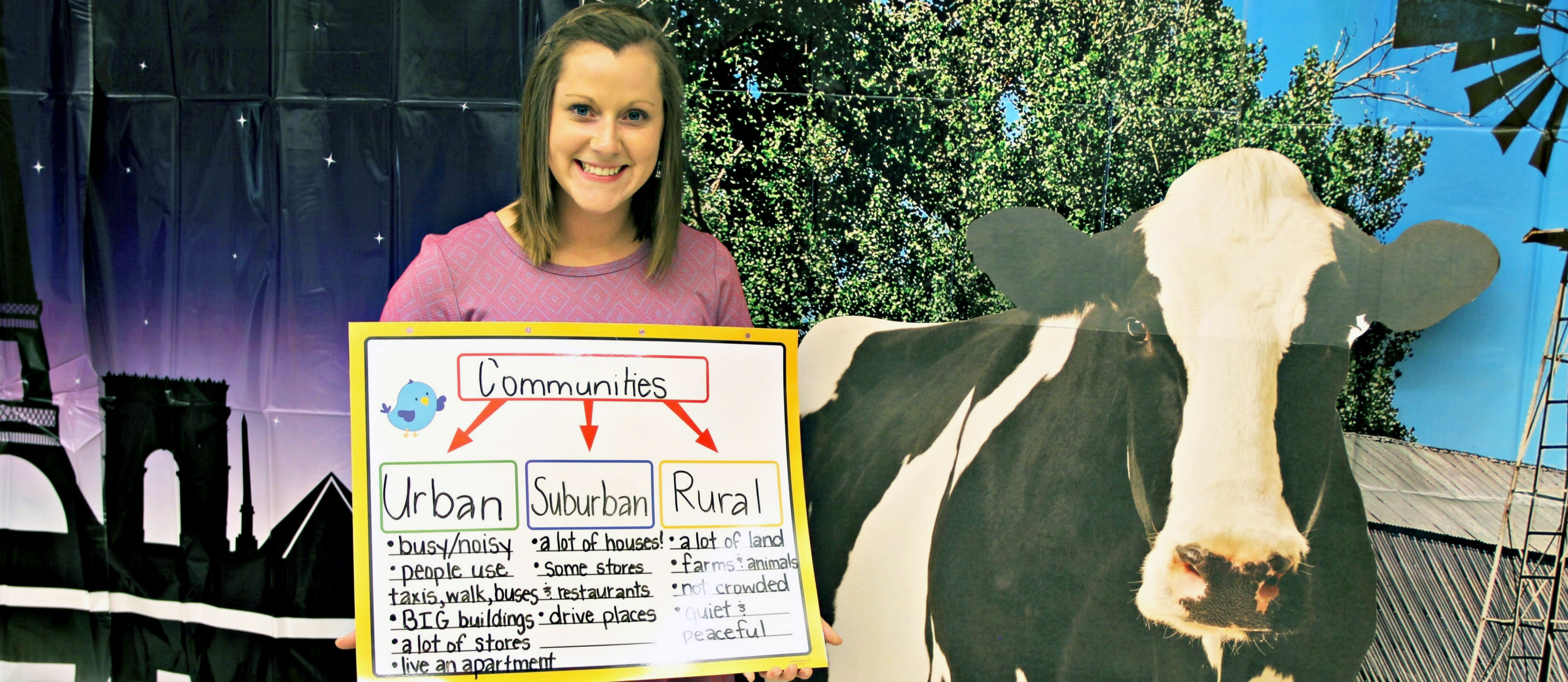As we are traveling to New York this month for our “The World Is at Your Fingertips” school theme, it is a perfect time to learn about different communities. In our second grade Social Studies curriculum, one unit is based on communities. In this unit, we learn about the different characteristics of urban, suburban and rural communities. This project is a great opportunity for students to build a display and/or model of each type of community.

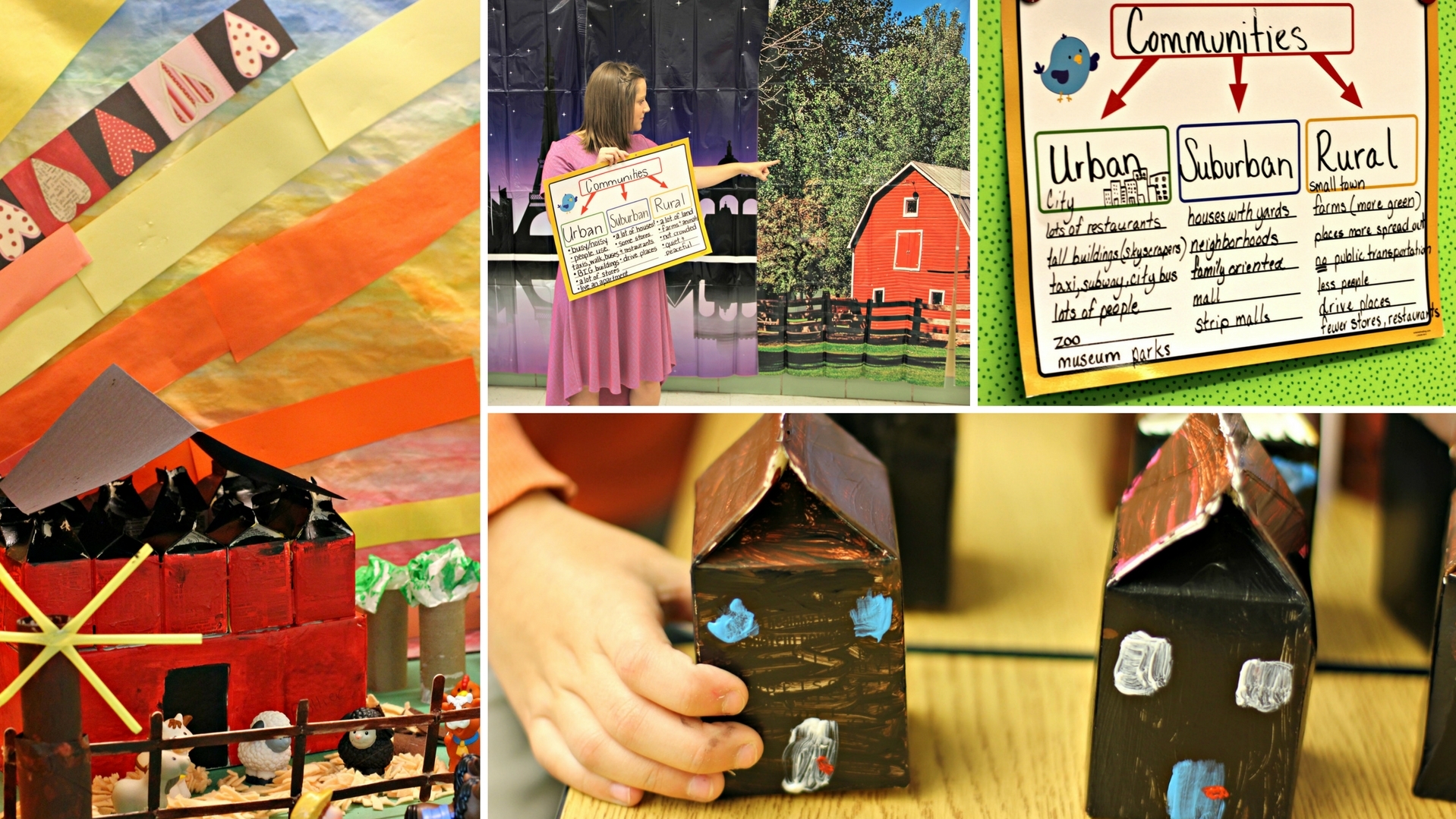
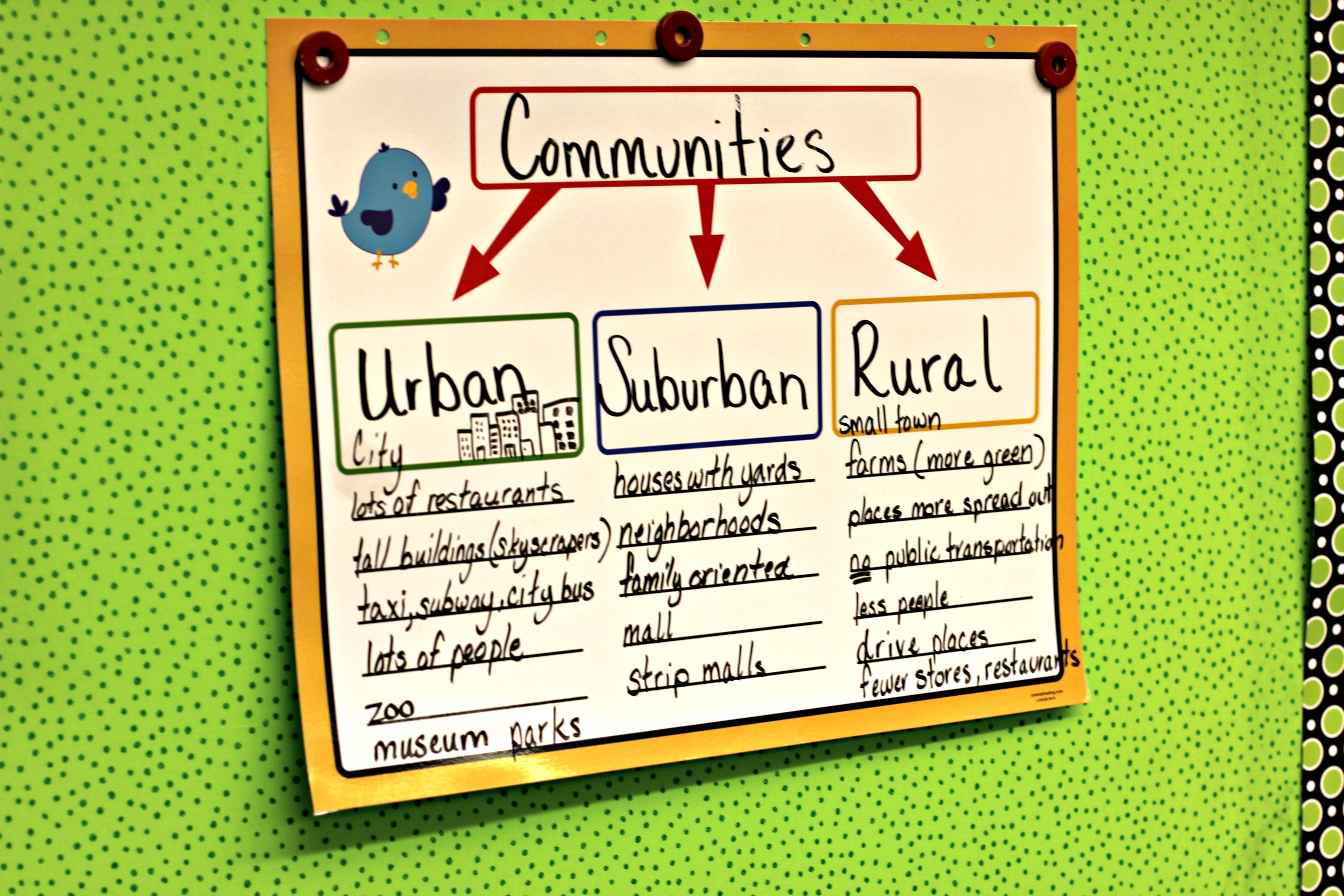 These Dry Erase Graphic Organization Charts were the perfect way to introduce the three different types of communities to the students. Since our school was transformed into New York City, it was a great opportunity for students to make a connection between New York City as being an urban community.
These Dry Erase Graphic Organization Charts were the perfect way to introduce the three different types of communities to the students. Since our school was transformed into New York City, it was a great opportunity for students to make a connection between New York City as being an urban community. 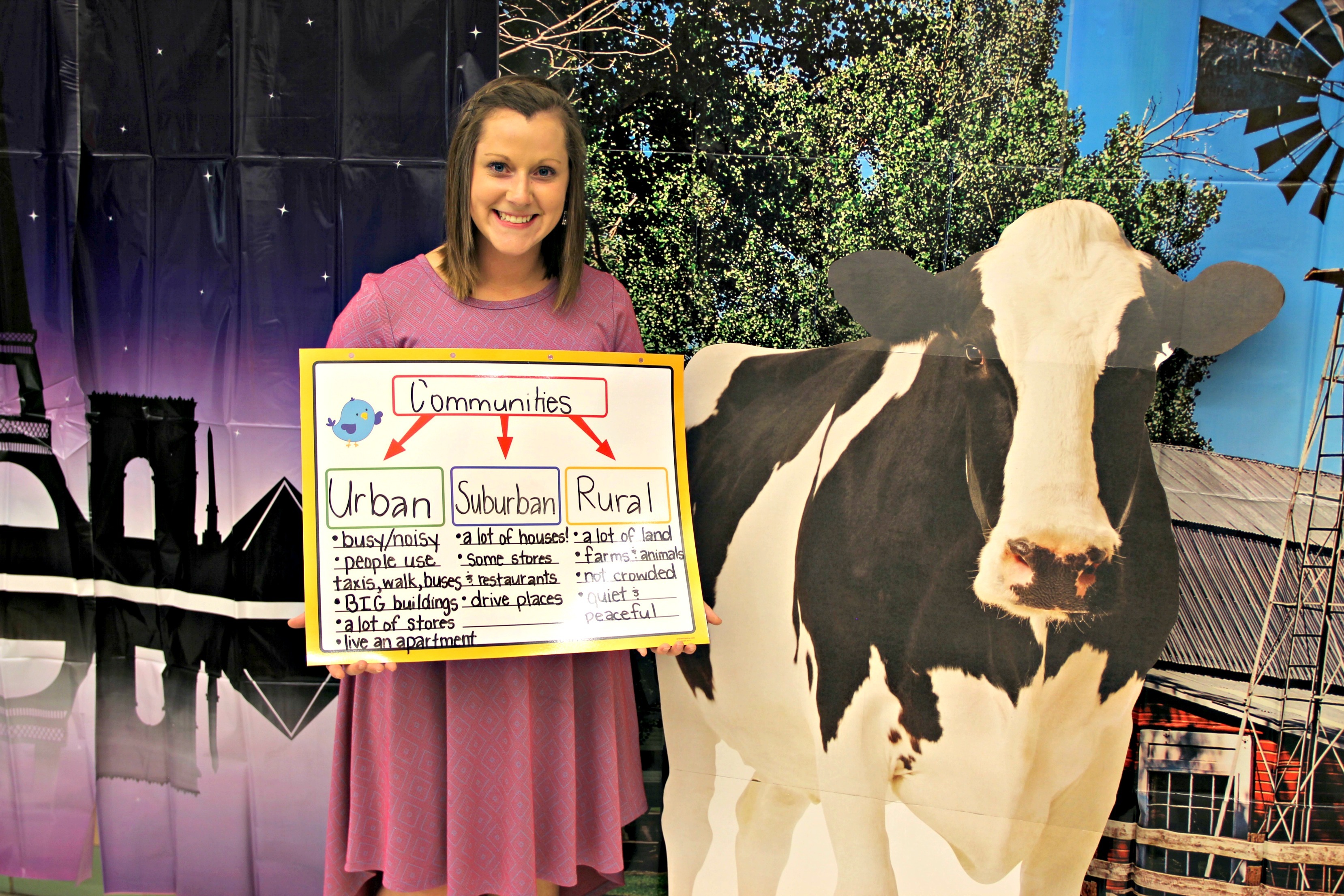 Our second grade teachers transformed their classrooms into the different types of communities using backdrops and stand-ups from Oriental Trading. The Barnyard Backdrop and the City of Paris Silhouette Backdrop helped students make the connection between urban and rural communities. The Cow Cardboard Stand-Up and Large Skyscraper Cardboard Stand-Up helped make the connection between the different communities and what one may see in the different communities.
Our second grade teachers transformed their classrooms into the different types of communities using backdrops and stand-ups from Oriental Trading. The Barnyard Backdrop and the City of Paris Silhouette Backdrop helped students make the connection between urban and rural communities. The Cow Cardboard Stand-Up and Large Skyscraper Cardboard Stand-Up helped make the connection between the different communities and what one may see in the different communities. 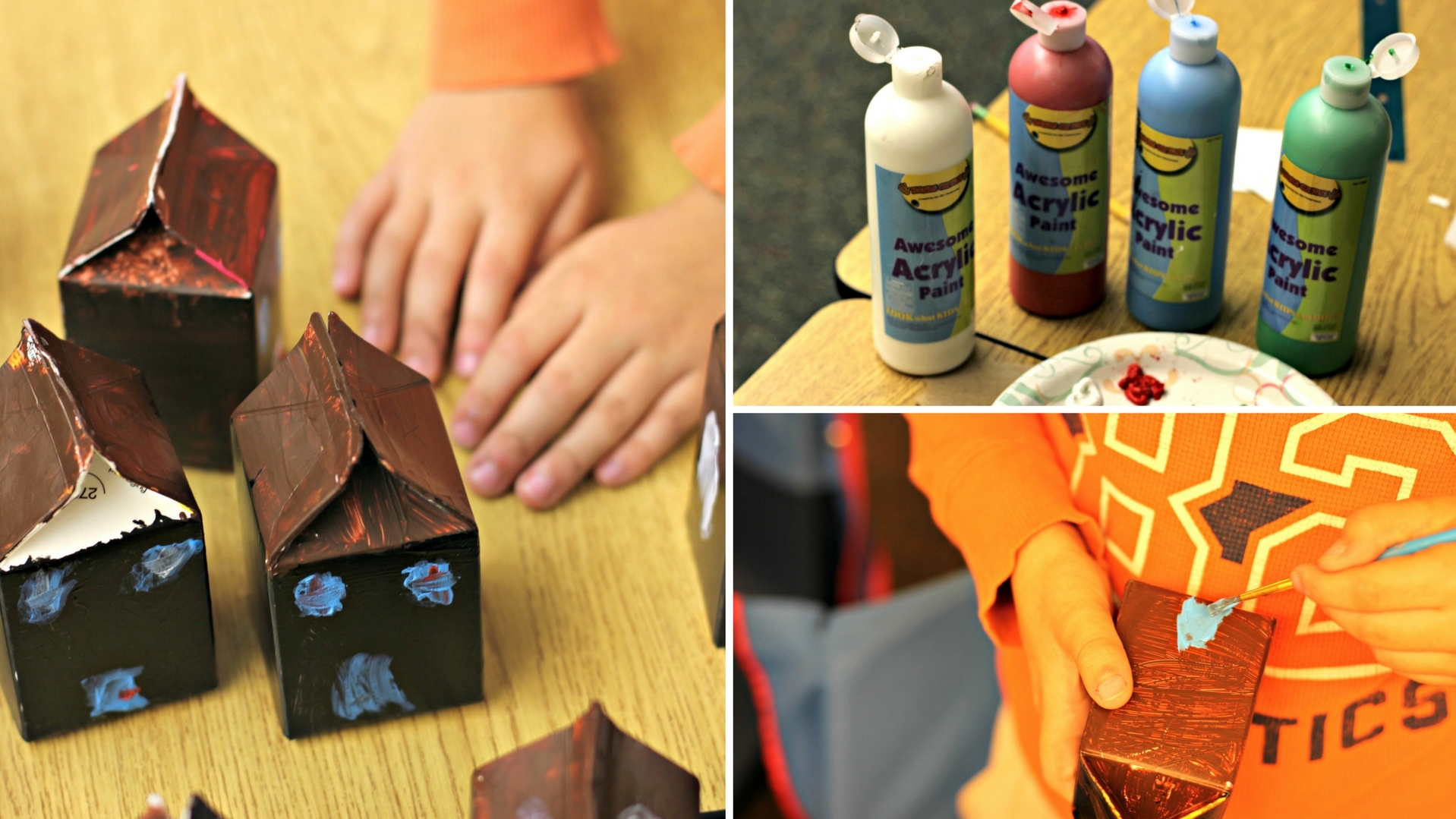 After researching the differences between each community, students were assigned to create their own type of community. Each class was assigned one of the three communities: rural, suburban, or urban. The students brainstormed their plan for each community and worked together to build their community using various materials such as milk cartons, paper rolls, and construction paper. The class also used the Awesome Acrylic Paint Set and a Paintbrush Variety Pack to make their communities come to life.
After researching the differences between each community, students were assigned to create their own type of community. Each class was assigned one of the three communities: rural, suburban, or urban. The students brainstormed their plan for each community and worked together to build their community using various materials such as milk cartons, paper rolls, and construction paper. The class also used the Awesome Acrylic Paint Set and a Paintbrush Variety Pack to make their communities come to life. 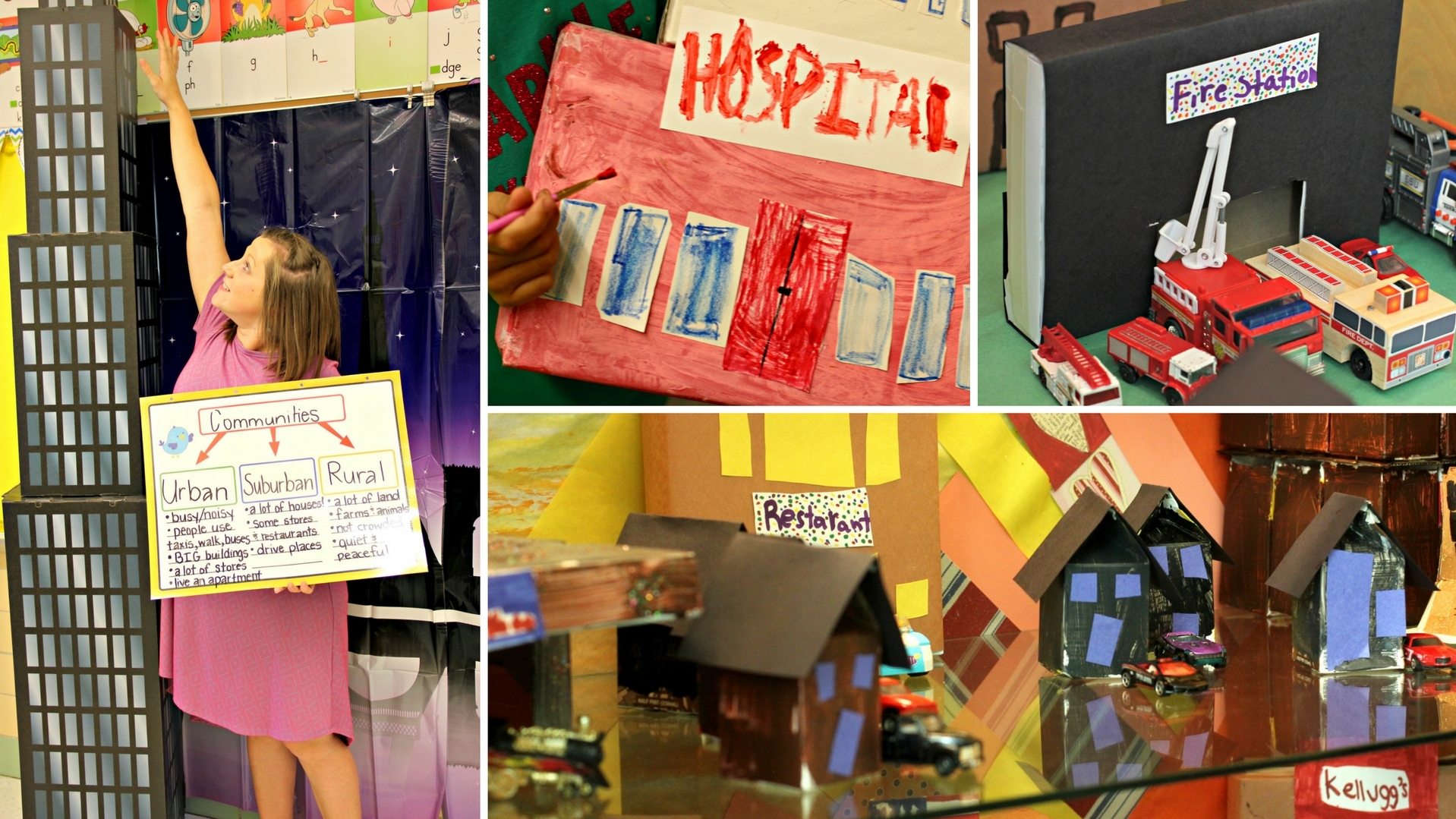 The end results were amazing! You can tell that the students worked hard to create these beautiful communities and enjoyed it too! This hands-on project helped students understand the difference between each community and the characteristics associated with each community. As we continue to travel around the world with our school theme, students will be able to make connections and relate the various characteristics of each community to the places we will travel.
The end results were amazing! You can tell that the students worked hard to create these beautiful communities and enjoyed it too! This hands-on project helped students understand the difference between each community and the characteristics associated with each community. As we continue to travel around the world with our school theme, students will be able to make connections and relate the various characteristics of each community to the places we will travel.


